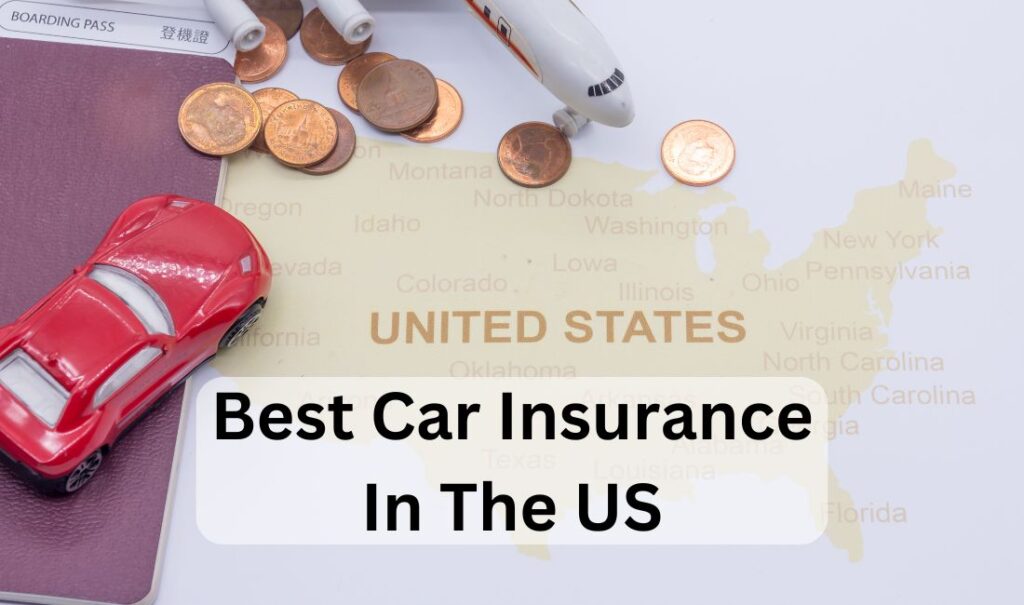Car insurance is not just a legal requirement in the United States; it’s a crucial financial safety net for drivers. With a myriad of insurance providers and policy options available, finding the best car insurance can be a daunting task. In this comprehensive guide, we’ll explore the key factors to consider when selecting car insurance in the US, essential coverage options, and tips for finding the best policy to suit your needs.
Car Insurance Coverage:
Before diving into the specifics of finding the best car insurance, it’s essential to understand the primary types of coverage available:
1. Liability Coverage:
Liability insurance covers damages and injuries you cause to others in an accident. It typically includes bodily injury liability (covering medical expenses and legal fees) and property damage liability (covering repairs or replacement of damaged property).
2. Collision Coverage:
Collision insurance covers damage to your vehicle resulting from a collision with another vehicle or object, regardless of fault. It helps repair or replace your car, minus your deductible.
3. Comprehensive Coverage:
Comprehensive insurance provides coverage for damage to your vehicle caused by incidents other than collisions, such as theft, vandalism, fire, or natural disasters.
4. Personal Injury Protection (PIP):
PIP coverage, required in some states, covers medical expenses, lost wages, and other damages for you and your passengers, regardless of fault.
5. Uninsured/Underinsured Motorist Coverage:
This coverage protects you if you’re involved in an accident with a driver who lacks insurance or has insufficient coverage to pay for your damages.
Factors to Consider When Choosing Car Insurance:
1. State Requirements:
Each state sets its minimum requirements for car insurance coverage. Familiarize yourself with the mandatory coverage limits and types in your state to ensure compliance with the law.
2. Your Driving Habits and History:
Consider your driving habits, including how frequently you drive, your daily commute, and any past accidents or violations. High-mileage drivers or those with a history of accidents may require more comprehensive coverage.
3. Vehicle Value and Age:
The value and age of your vehicle influence the type and amount of coverage you need. Newer or more valuable cars may benefit from comprehensive and collision coverage to protect against significant financial losses.
4. Financial Stability of Insurance Companies:
Research the financial stability and reputation of insurance companies before purchasing a policy. Look for insurers with high ratings from independent rating agencies, indicating their ability to meet financial obligations.
5. Discounts and Bundling Options:
Many insurers offer discounts for factors such as safe driving records, multiple policies, vehicle safety features, and good student discounts. Explore available discounts and bundling options to maximize savings on your premiums.
6. Customer Service and Claims Handling:
Evaluate the customer service reputation and claims handling process of insurance companies. Read reviews, testimonials, and complaint data to gauge the quality of service provided to policyholders.
7. Coverage Limits and Deductibles:
Choose coverage limits and deductibles that align with your budget and financial risk tolerance. Higher coverage limits provide greater protection but may result in higher premiums, while higher deductibles can lower premiums but increase out-of-pocket expenses in the event of a claim.
Tips for Finding the Best Car Insurance:
1. Shop Around:
Compare quotes from multiple insurance providers to find the best rates and coverage options. Online comparison tools make it easy to compare prices and features from different insurers.
2. Consider Usage-Based Insurance:
Usage-based insurance programs, such as telematics or pay-as-you-drive plans, track your driving behavior and offer discounts based on factors like mileage, speed, and braking habits. If you’re a safe driver, these programs can result in significant savings.
3. Review and Update Your Policy Regularly:
Review your car insurance policy annually and update your coverage as needed to reflect changes in your driving habits, vehicle value, or financial situation. Regularly reassessing your policy ensures you maintain adequate coverage and avoid overpaying for unnecessary features.
4. Seek Professional Advice:
Consult with an independent insurance agent or broker who can provide personalized recommendations and help you navigate the complexities of car insurance. An experienced agent can assess your needs and tailor a policy to suit your unique circumstances.
Finding the best car insurance in the US requires careful consideration of your coverage needs, budget, and personal preferences. By understanding the different types of coverage available, evaluating key factors such as state requirements, driving habits, and insurer reputation, and following these tips, you can select a car insurance policy that provides optimal protection and peace of mind on the road ahead.
